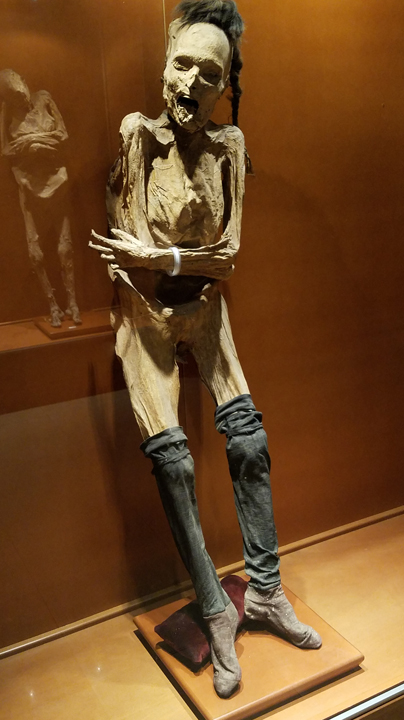
The Museo de Momias contains a collection of mummified bodies from the adjoining cemetery. Authorities began exhuming bodies in 1870 when a new law required residents to pay a tax for perpetual burial. From 1865 to 1958, the town of Guanajuato required that relatives pay a grave tax. When the relatives failed to do so for three years in a row, their deceased loved ones were promptly dug up and evicted. The cemetery kept these strange mummified corpses underground in an ossuary (actually under the cemetery grounds itself) in case the relatives came around with the money wanting a re-burial.
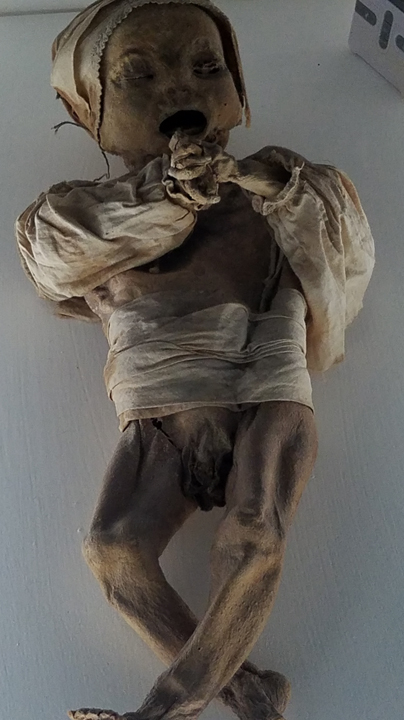
By 1894, the ossuary had racked up enough mummified bodies to rebrand itself as a museum. The museum collection contains 111 mummies, mostly women, with some men and about 20 children. Fifty-nine of these mummies are on display. Almost all of the people were commoners and came from backgrounds such as miners and farmers. Only one out of every 100 bodies interred in the cemetery became naturally mummified. Because they were formed naturally, the mummies are more gruesome-looking than your standard Egyptian mummy. With gaunt and twisted faces, often covered in the tattered rags they were buried in, the mummies stand, lean, and recline in glass cases throughout the museum.
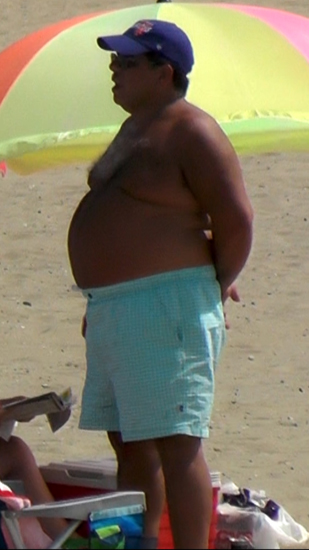
a man of more than adequate girth is standing in front of a large multicolored panelled umbrella planted in the sand on Riis Park Beach more than a football field away from the ocean waves next to the concrete 'boardwalk' which funnels bathing suited beachgoers past the recently modernized food concessions and the never modernized pungent bathrooms. The rotoscope video animation of manStanding (without the Beach in front of an Umbrella) was projected onto the walls of the Museo de Momias with an handheld mini projector.
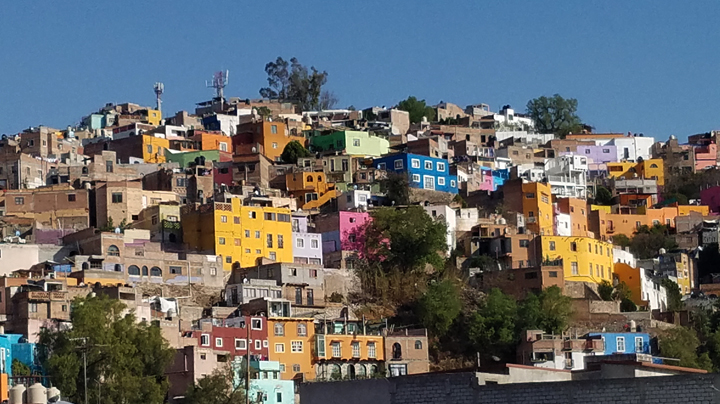
Where is the Diego Rivera Museum? I actually prefer wandering up and down the hills along the streets between the houses through the tunnels. Wind in and out stairs curved walls dead ends. Yes. But did you find the museum? Yes. But it actually isn't a museum. It is the house he was born in and lived in until he was six. It still could have had interesting paintings from his childhood. I don't know. I only walked into the book store to look for some gifts.
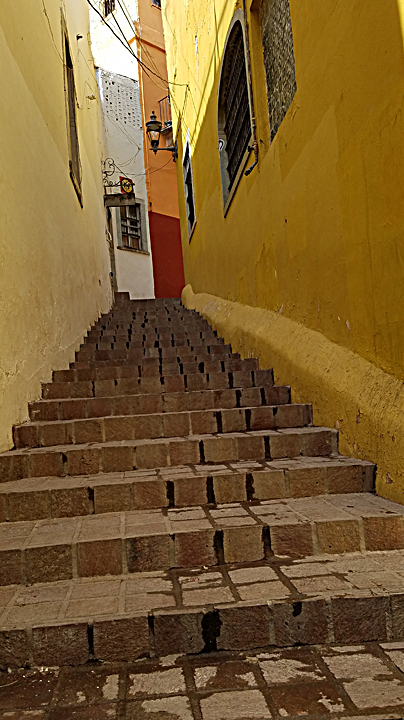
I don't think it had very many of his paintings. I was hoping to find some odd object but this was primarily a bookstore on the academic side. There was an admission fee although it probably wasn't much. Outside the museum, in front of the museum off to one side of the museum was a statue of the maestro holding a palette and a paint brush as if he were conducting an orchestra surrounded by benches each facing the free standing bronze. Front. Back. Side. Side.